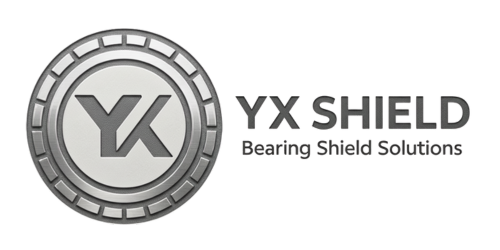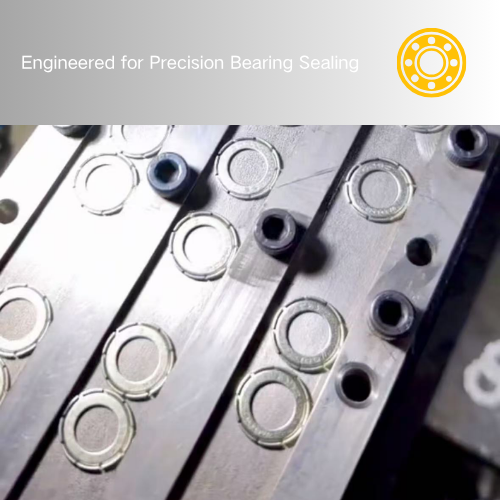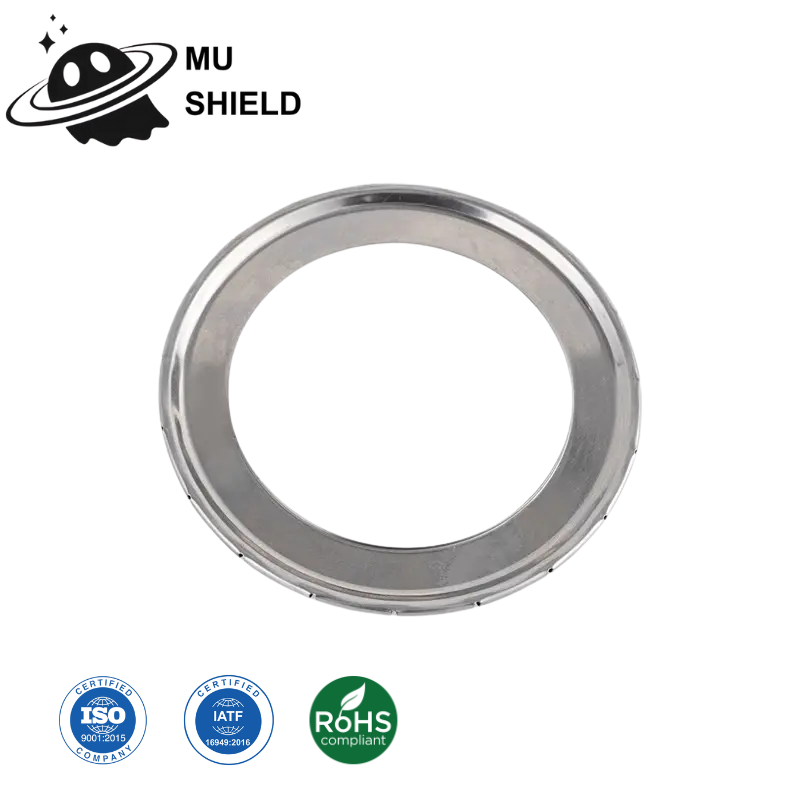-
Yuyao, Ningbo City, China
Seal Type Selection Recommendations

Introduction to Bearing Seals—Preventing Lubricant Leakage
Selection Guide & Application Overview
What are Dust-Proof and Sealed Bearings?
Function of Seals
A bearing "shield" refers to a metal plate that seals the bearing rolling elements together with lubricant, while a "seal" is a similar rubber sealing component. Seals offer the following advantages:
- Water, dust, and rust protection, improving rolling element durability
- Double-shielded bearings require almost no maintenance
- No need for external lubrication
How Seals Work
Shields prevent foreign objects (dust and moisture) from entering from the outside. By preventing foreign matter intrusion, the bearing interior is protected from water, dust, and rust, reducing rotation issues caused by foreign matter and rust, thus improving durability. Bearings with shields and seals contain pre-packed grease and ensure that this lubricant does not leak to the outside.
Bearing Seal Failure Statistics
(Primary failure cause)
(Average $5K-$50K per incident)
Types of Dust-Proof and Sealed Bearings
| Type | Shielded | Sealed | ||
|---|---|---|---|---|
| Contact Type | Non-Contact | Non-Contact | Contact | Low-Torque |
| Structure | Metal shield, non-contact with inner ring | Rubber seal, non-contact with inner ring | Rubber seal, contact with inner ring | Rubber seal, light contact with inner ring |
| Friction Torque | Low | Low | High | Medium |
| Dust & Water Resistance | Poor | Poor | Good | Good |
| High Speed Performance | Same as open type | Seal heat resistance | Seal heat resistance | Seal heat resistance |
Metal shield, suitable for high-speed operation
Rubber seal, balances speed and sealing
Rubber seal, best dust and water resistance
Rubber seal, balances sealing and torque
Seal Type Comparison Across Manufacturers
| Seal Type | NTN | NSK | SKF | NACHI | KOYO |
|---|---|---|---|---|---|
| Shielded Single Side |
Z | Z | Z | ZE | Z |
| Shielded Both Sides |
ZZ | ZZ | ZZ | ZZE | ZZ |
| Non-Contact Single Side |
LB | V | RZ | NKE | RU |
| Non-Contact Both Sides |
LLB | VV | 2RZ | 2NKE | 2RU |
| Contact Single Side |
LU | DU | RS | NSL,NSE | RS,RK |
| Contact Both Sides |
LLU | DDU | 2RS1 | 2NSL,2NSE | 2RS,2RK |
| Low-Torque Single Side |
LH | DW | - | - | RD |
| Low-Torque Both Sides |
LLH | DDW | - | - | 2RD |
Seal Type Performance Comparison
Seal Type Selection Recommendations
Shielded Type Best For
- Machine tools and precision machinery
- High-speed applications
- Where high water resistance is not required
- Prevention of debris intrusion and oil leakage
- Reduced maintenance hours
Sealed Type Best For
- Environments with water or dust
- Prevention of foreign matter or moisture intrusion
- Non-high-speed rotation scenarios
- Reduced maintenance hours
© 2025 Bearing Seal Technology Resources | Data Sources: SKF, Timken, NSK, Parker Hannifin, Freudenberg Technical Reports




